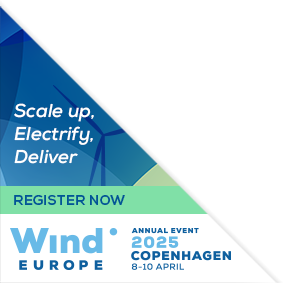Posters
Siblings:
ProceedingsProgrammeSpeakersPostersContent PartnersPowering the FutureMarkets TheatreResearch & Innovation in actionStudent programmePresenters dashboardCome meet the poster presenters to ask them questions and discuss their work
We would like to invite you to come and see the posters at our upcoming conference. The posters will showcase a diverse range of research topics, and will give delegates an opportunity to engage with the authors and learn more about their work. Whether you are a seasoned researcher or simply curious about the latest developments in your field, we believe that the posters will offer something of interest to everyone. So please join us at the conference and take advantage of this opportunity to learn and engage with your peers in the academic community. We look forward to seeing you there!

PO117: Using probabilistic cost modelling to reflect technical and market uncertainties
Maximilian Foy, Offshore Wind Consultant, Ramboll
Abstract
Accurate cost estimates, which reflect offshore project conditions, are vital for creating business cases and making bid decisions. However, the rapidly changing offshore wind market presents challenges when estimating these costs. Typically, projects developed for auctions are in an early phase of development, giving rise to a combination of technical and market uncertainties. How these uncertainties are built into the cost model has a significant impact on the final cost estimate. A single value estimate can fail to encapsulate these uncertainties and presents a narrow, one-dimensional view of the wind farm cost. Ranges based on percentage uncertainties can be added to a single cost estimate, a cost spread. But applying ranges through a top-down method produces artificial results which do not capture intricate project and market conditions. Therefore, when building cost ranges, a bottom-up approach is preferable to capture uncertainties in wind farm cost estimates. When building up a cost range, a deterministic method can be used. This uses a collection of values from combining both quantity and cost (usually a minimum, best estimate and maximum) and creates a cost estimate range through their summation. Larger spreads between minimum and maximum values can be used to reflect commercial and technical unknowns. This is relatively simple and effective method for building cost ranges. A key drawback however, is that extreme ranges are produced, as minimum estimates are added to minimum estimates and likewise with maximum estimates. More detailed models, with more line items will produce greater spreads as these extreme values are compounded. A probabilistic model can allow for a bottom-up approach produce cost results which reduces extreme results and reflects uncertainty. Randomness and expert opinions can be built into the model to reflect unknowns in project development and the risks they present.










